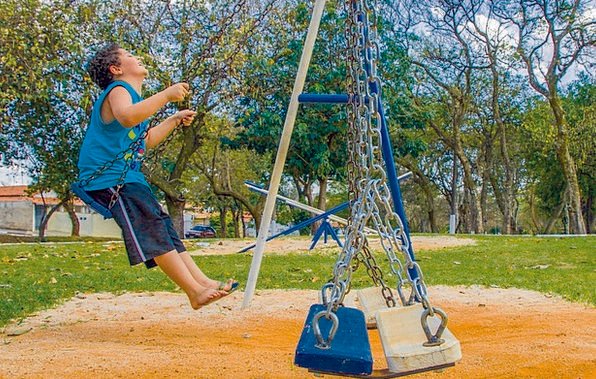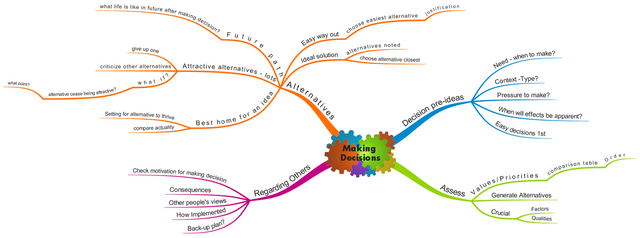How the feelings influence when is time to making decisions.

It is certainly not new to you the fact that feelings influence us when making decisions. How many times have you regretted of making decisions in a particular emotional state? You probably realized that is more willing to try something when you feel happy, while sadness causes the opposite effect. Make decisions when we are angry usually does not give good results, and the same applies if the decision is taken in times of euphoria. However, you really know how your feelings influence the decisions that you make?
Heuristics and the Decision making
Heuristics is a mental shortcut that allows people to make decisions and solve problems quickly and efficiently. This process is influenced by emotion (fear, pleasure, surprise, etc.) that is, the emotional response affects the decision, having a crucial role in decision making. It is about a process that runs under the consciousness and shortens decision-making, allowing people to work without the need to conduct a thorough search of information. This attitude is produced quickly and unintentionally in response to a stimulus, by which the process affects the mood for a short period of time.
Heuristic usually arises when we consider the risks and benefits of something, depending on the positive or negative feelings that we associate with a stimulus. This is equivalent to act according to the dictates your heart. The researchers found that if your feelings about something are positive, then it is more likely that you deem less the risk and overestimate the benefitswhile if your feelings about something are negative, you will be more prone to overestimate the risks as high and give less value to benefits.
Some examples of heuristics

To learn how it works the heuristic we will look at some practical examples. The first example is so obvious that it seems very simple. The second, perhaps, not so much. To begin imagine a scene where the children will play in a park.
A while ago one of the children played on the swings of the house of their grandparents and had fun enough, this image of the past naturally generates positive feelings about the park swings. When the sees immediately decides to go to the park swings because the child thinks will enjoy it despite the risks of falling of the balance sheet (great benefit, low risk) and runs toward them.
However another child recently fell from a swing while playing elsewhere and hurt himself a lot. This child in the future at the look the balances, think they are the wrong choice (little benefit, high risk). Both children took a mental shortcut to decide on the advantages and disadvantages of climbing on the swings. Neither stopped to try to analyze realistically all the benefits and risks, but made their decision based on memory.
This seems so simple, so obvious in children, but adults also act well in many situations where, if we think reflectively dedicating a little more time to the issue, we would take another kind of decision which would be more in line after . In these decisions, the heuristics affect the determination of what is considered advantage or disadvantage. Although these mental shortcuts allow people to make accurate decisions quickly and with reasonable frequency, can also lead to poor decision making. As an example, think of advertising. The employed marketing techniques use strategies to make you feel good, awakening your positive emotions, which allude to your passions or have you a way of life with which you identify yourself or would like to follow.
This makes you to be more receptive in the purchase and pay more for products and services they offer you. In fact, this works to the point where we may feel inclined to buy thinking products that meet a need that we really have not. Including the inability to acquire an object that meets this supposed need can get to generate anxiety.
Some scientific observations on the habit of making decisions
It was found that the risks and benefits have a negative correlation in people's minds. Research has shown that people make their judgments about an activity or technology not only by what they think about it, but also by the way they feel about. A study in 1978 threw much light on the important role that the heuristic has in making decisions. The researchers found that the judgments of the benefits and risks are negatively correlated.
That is, they found that people downplay the risks when they have a more optimistic view of the benefits. The same is true in reverse: the more we think the risks less value we give to potential benefits. Certain behaviors such as alcohol consumption and smoking, were told as high risk and low benefit, while others, such as the use of antibiotics or vaccines, were considered high benefit and low risk.
A little later, in 1980, Robert Zajonc said the affective reactions to stimuli are often the first reaction that occurs automatically and subsequently influencing the way it processes and judges the information.
In 2000, Finucane and others theorized that a positive feeling about a situation (ie, the positive effect) would lead to a lower risk perception and a perception of greater benefit, even when logic does not justify this.
Anyway, people are far from rational machine that some aspire to be. Like it or not, our mind is prepared and predisposed to take decisions quickly and using only one piece of information. In fact, often we make decisions before we realize that we, and we going around and around in something that for us already have a destination: what we choose.


Great post, you have a new follower